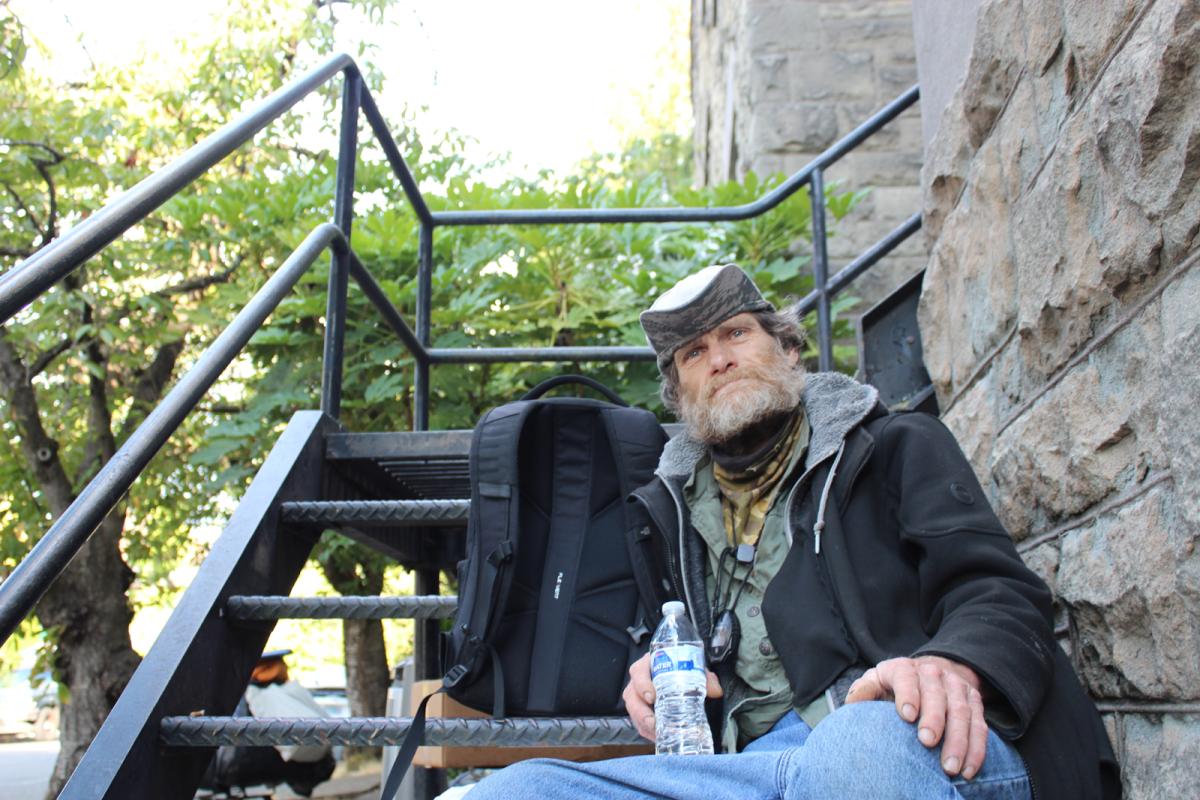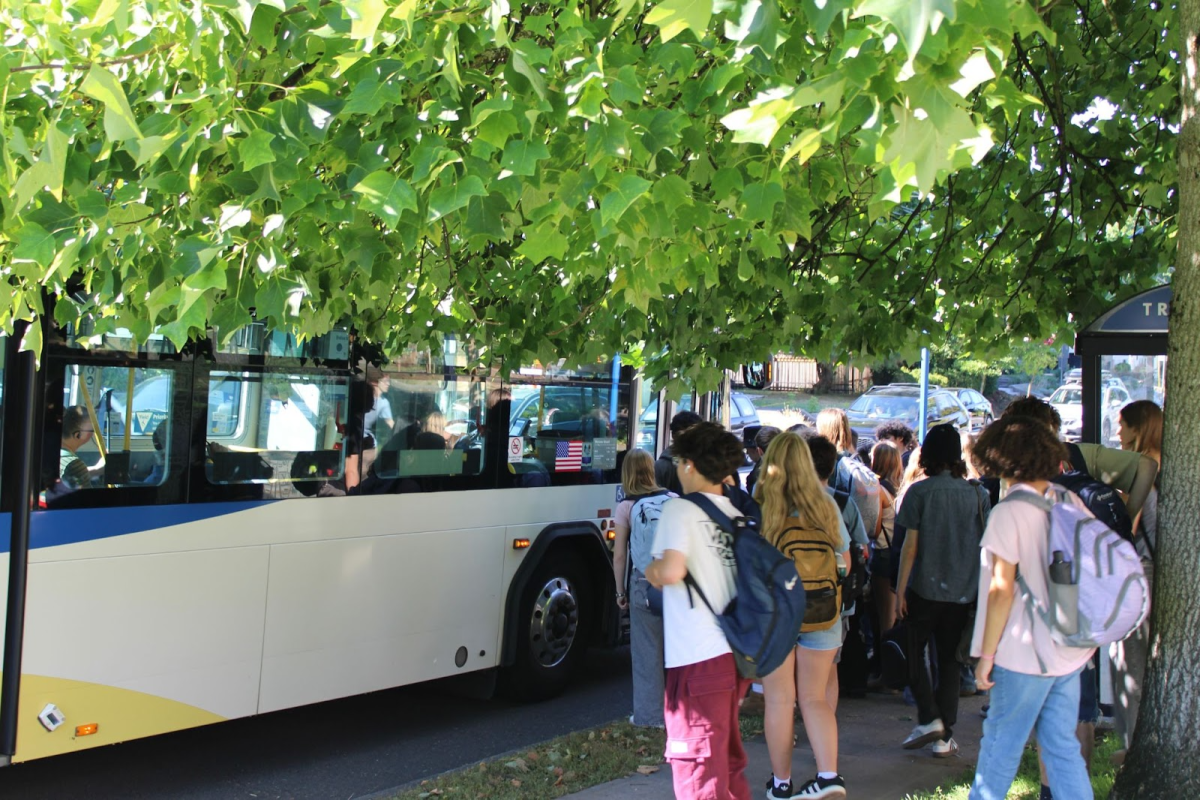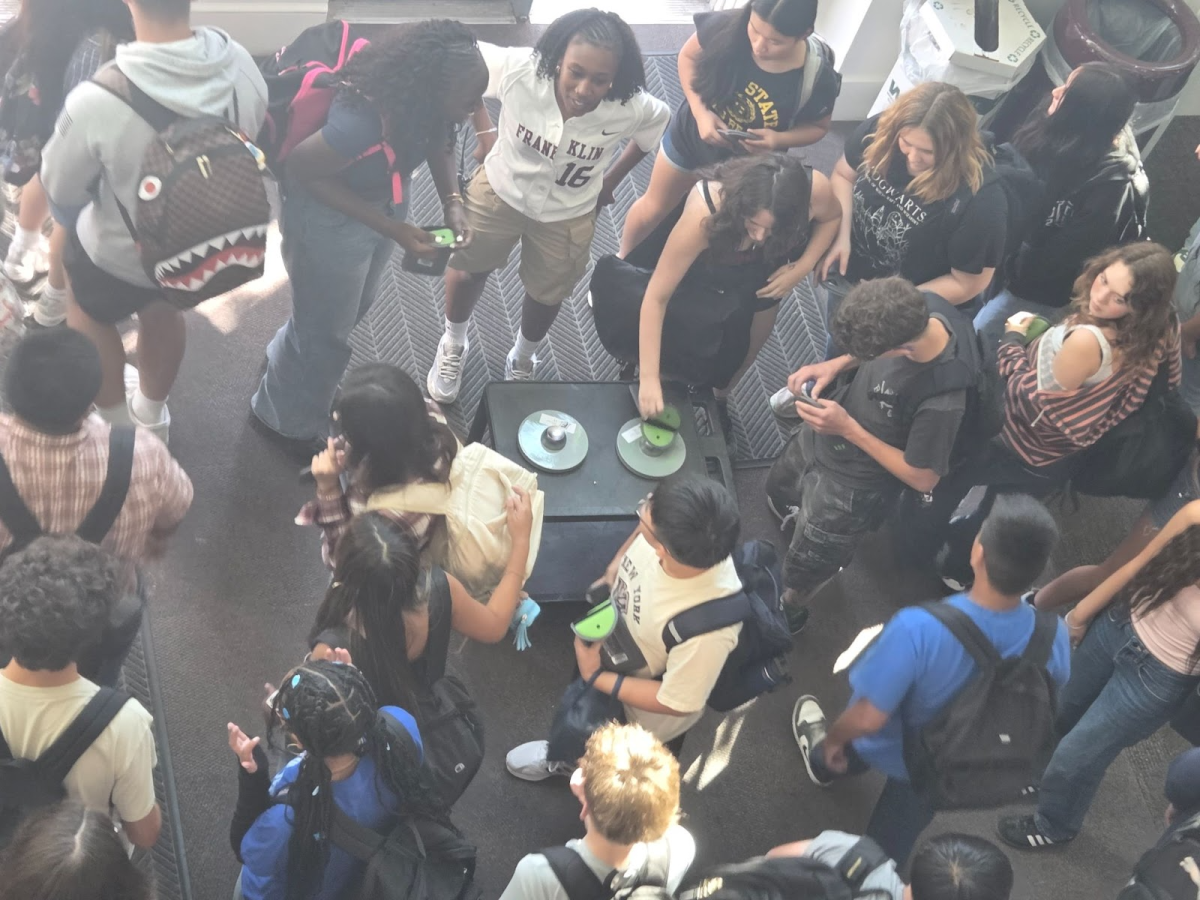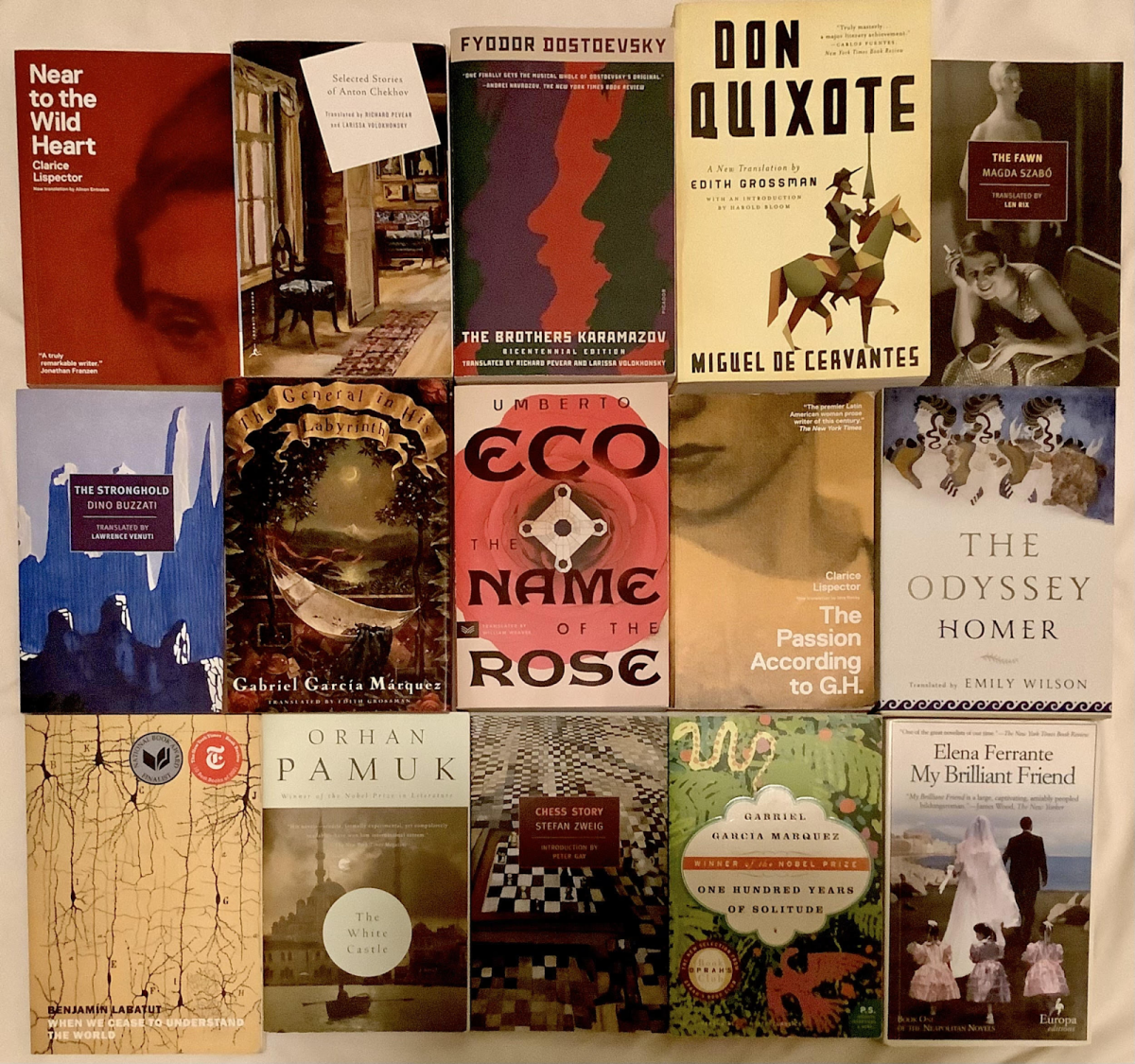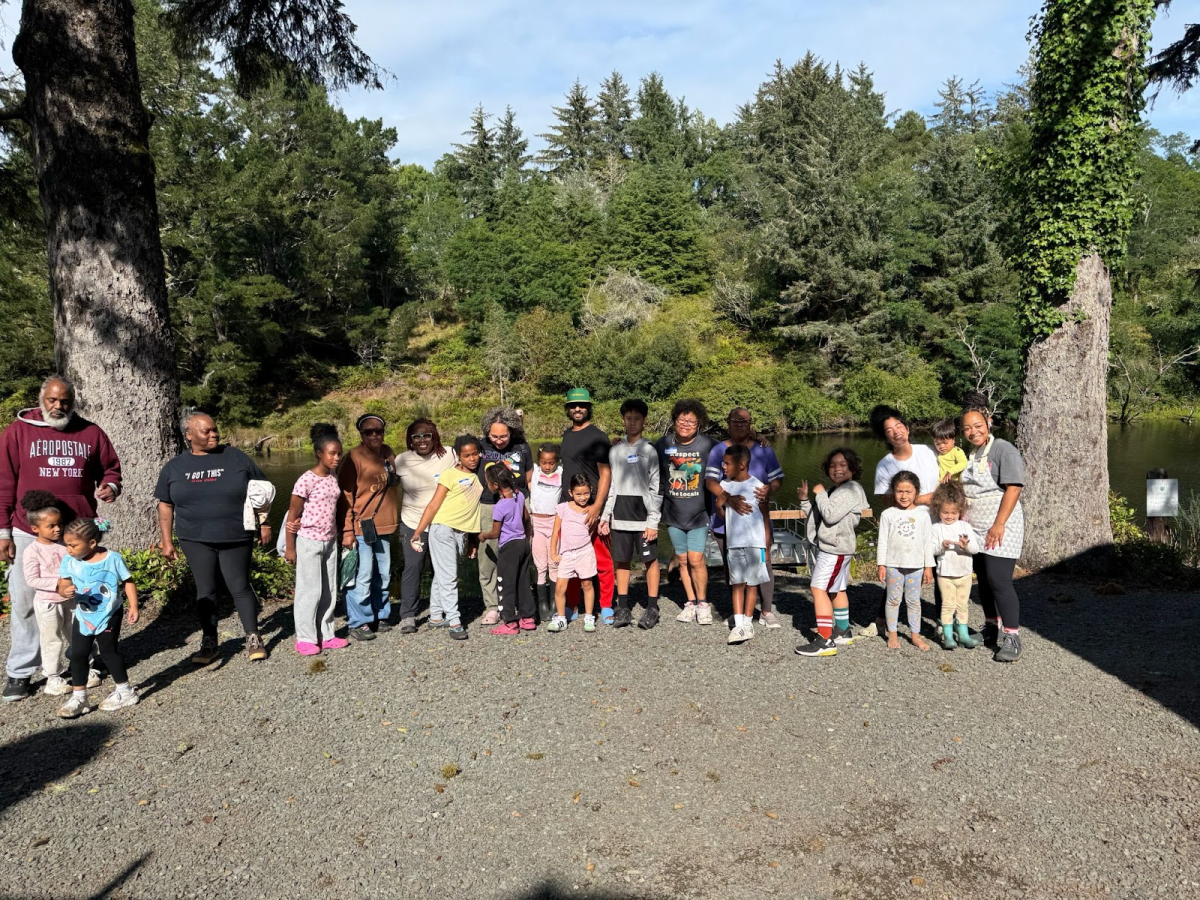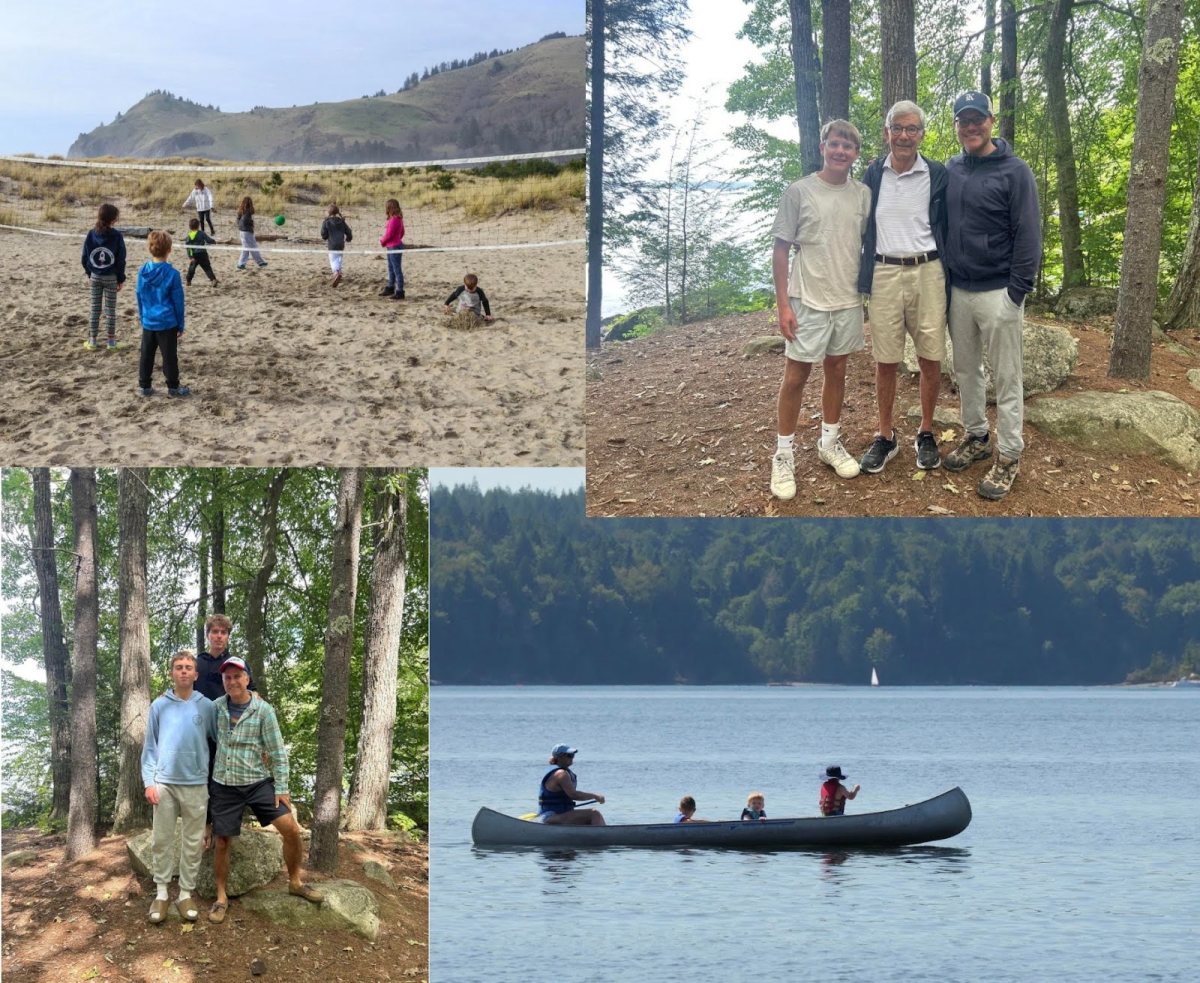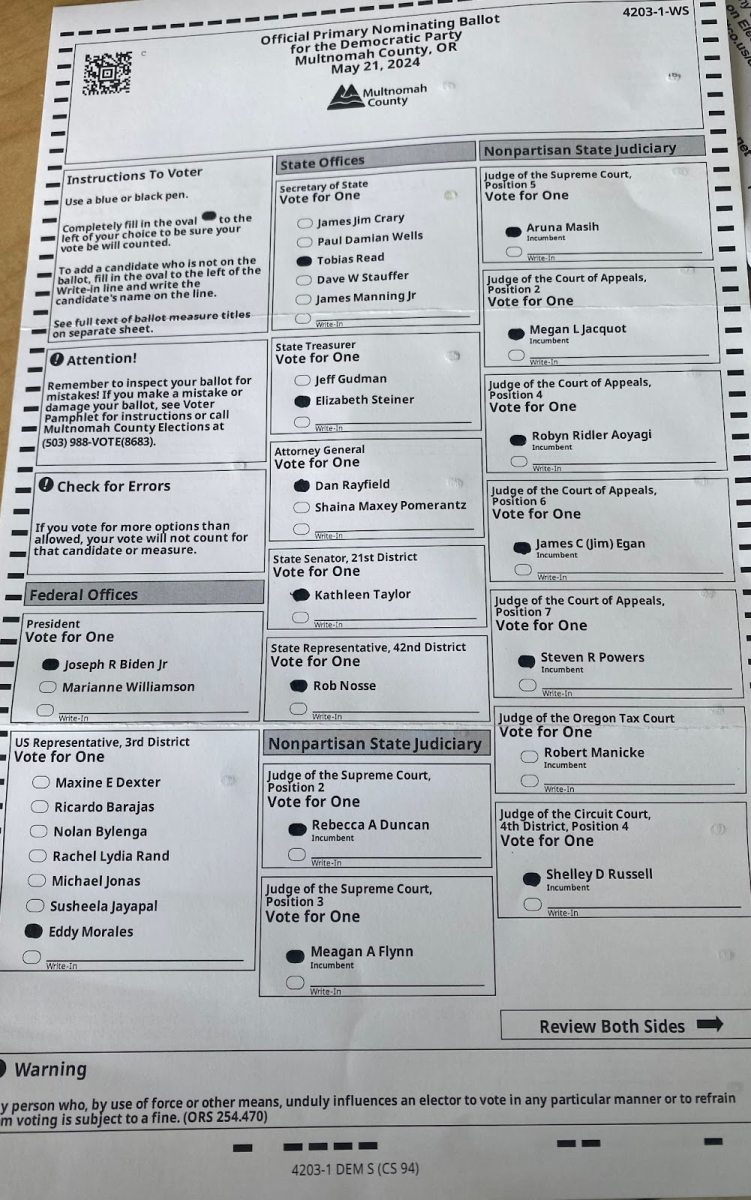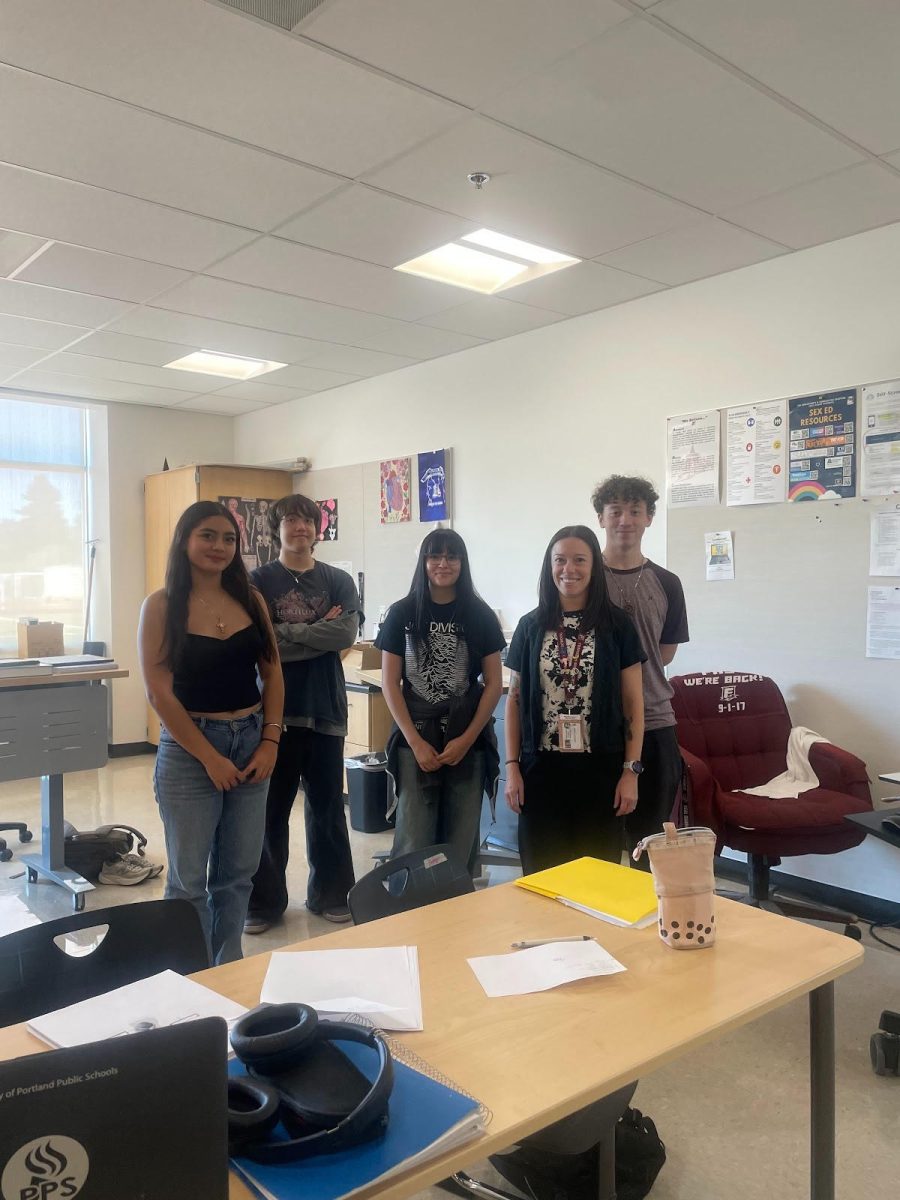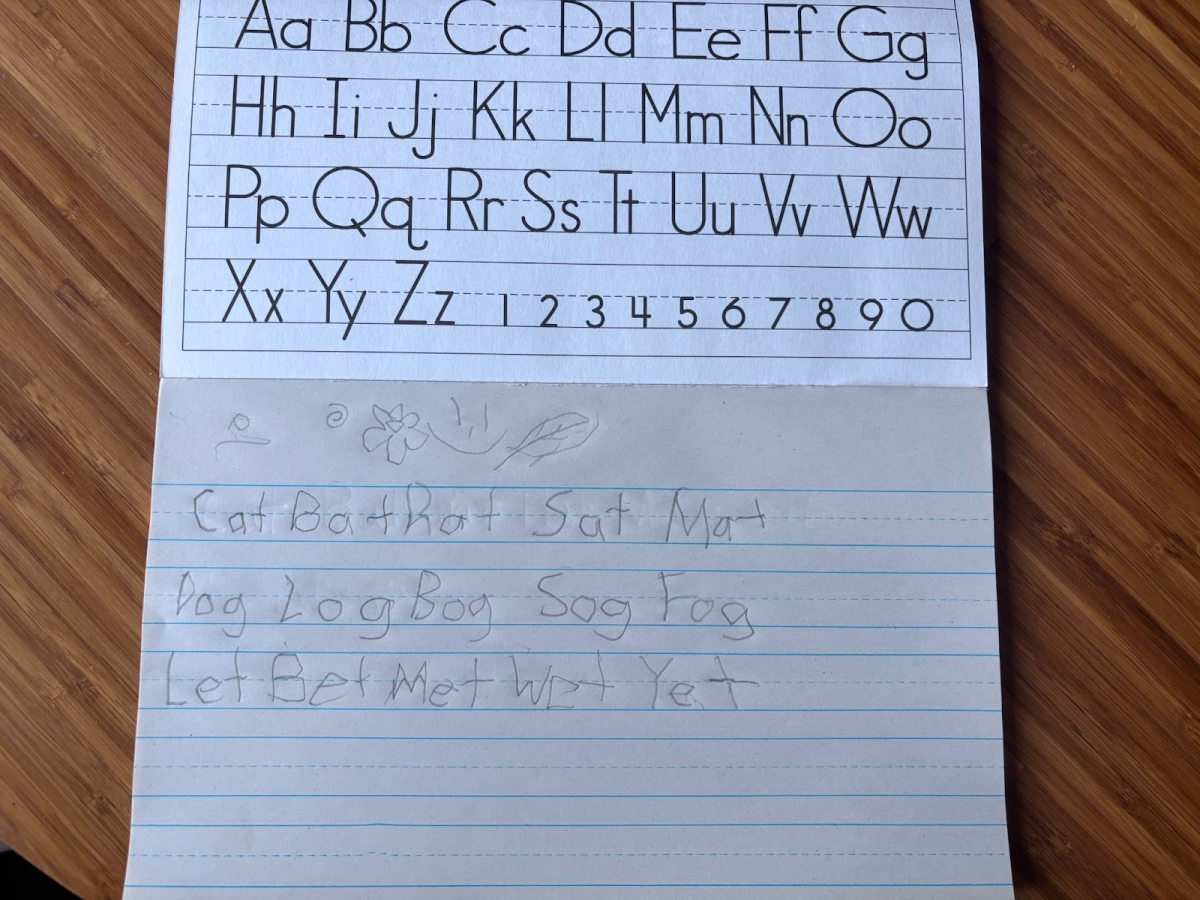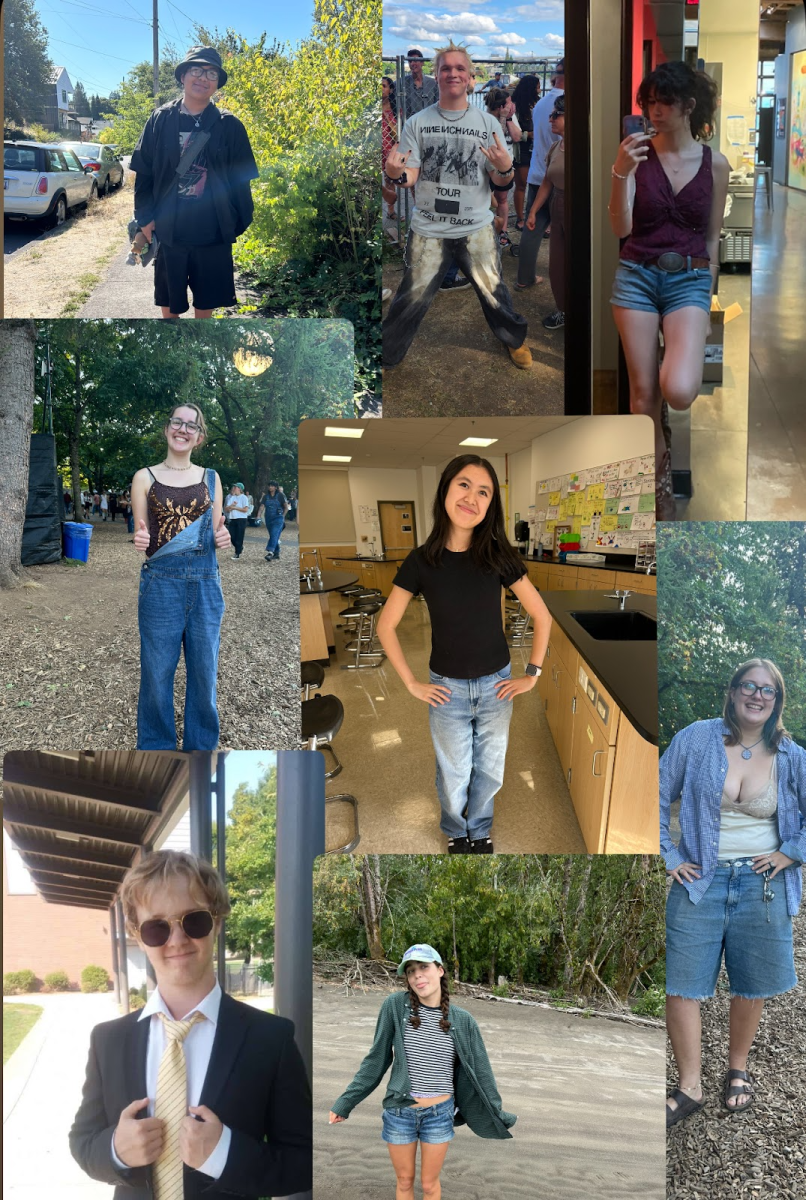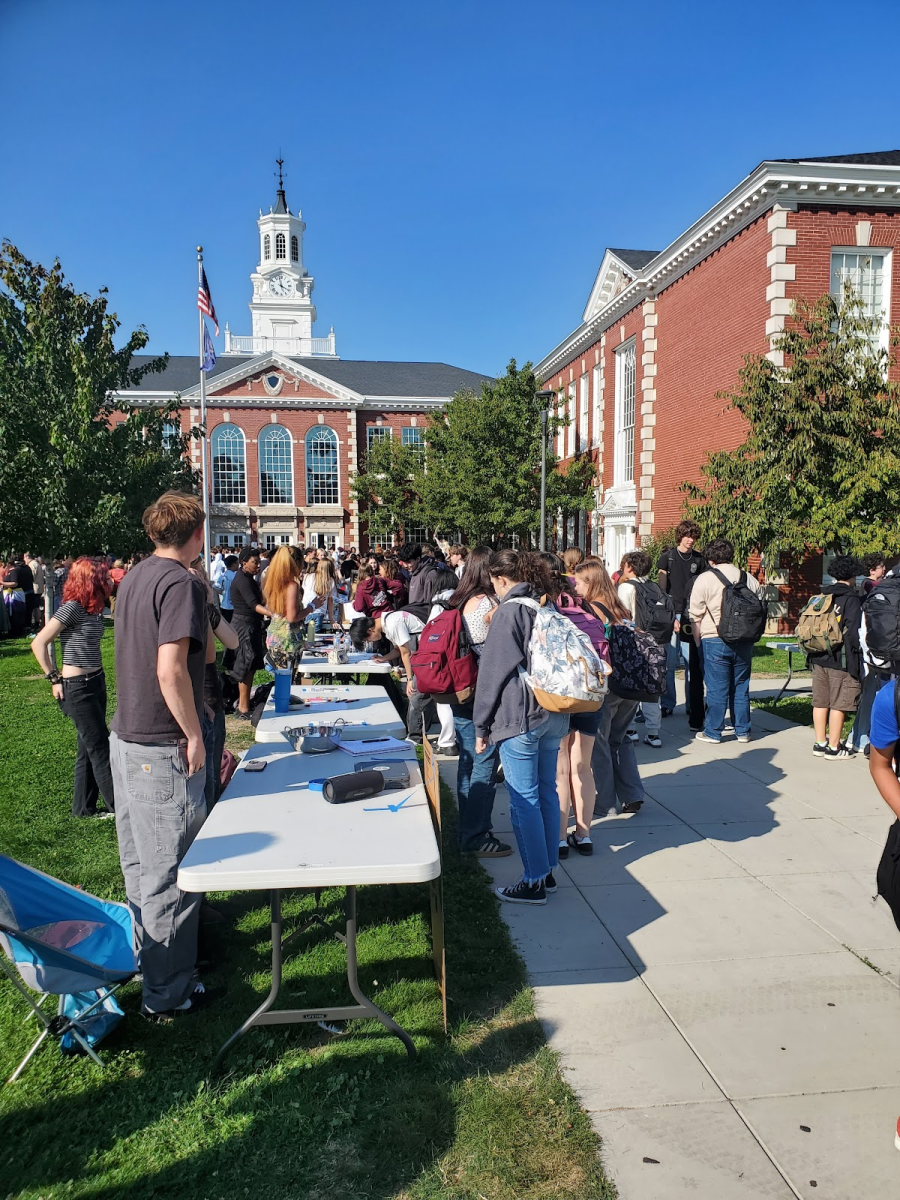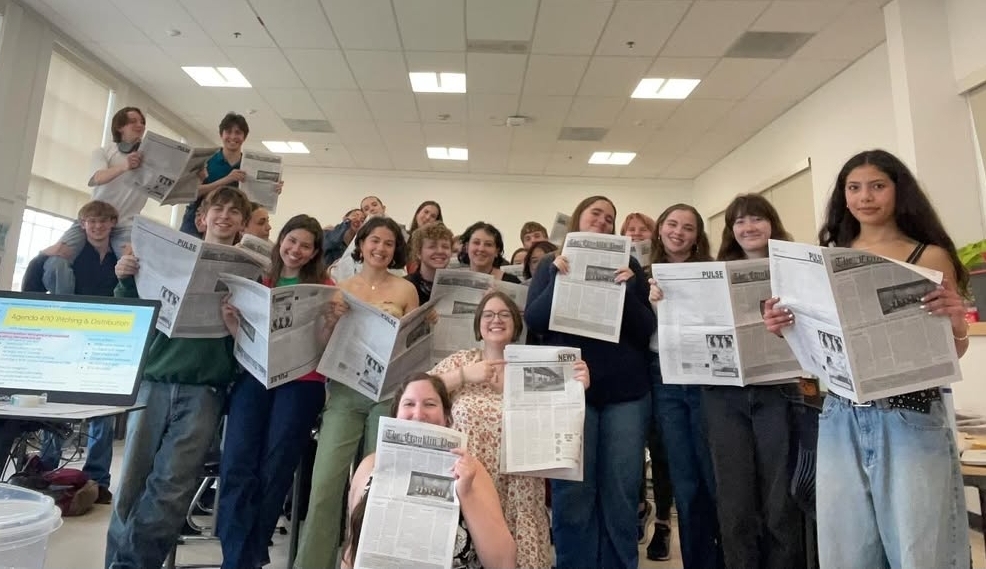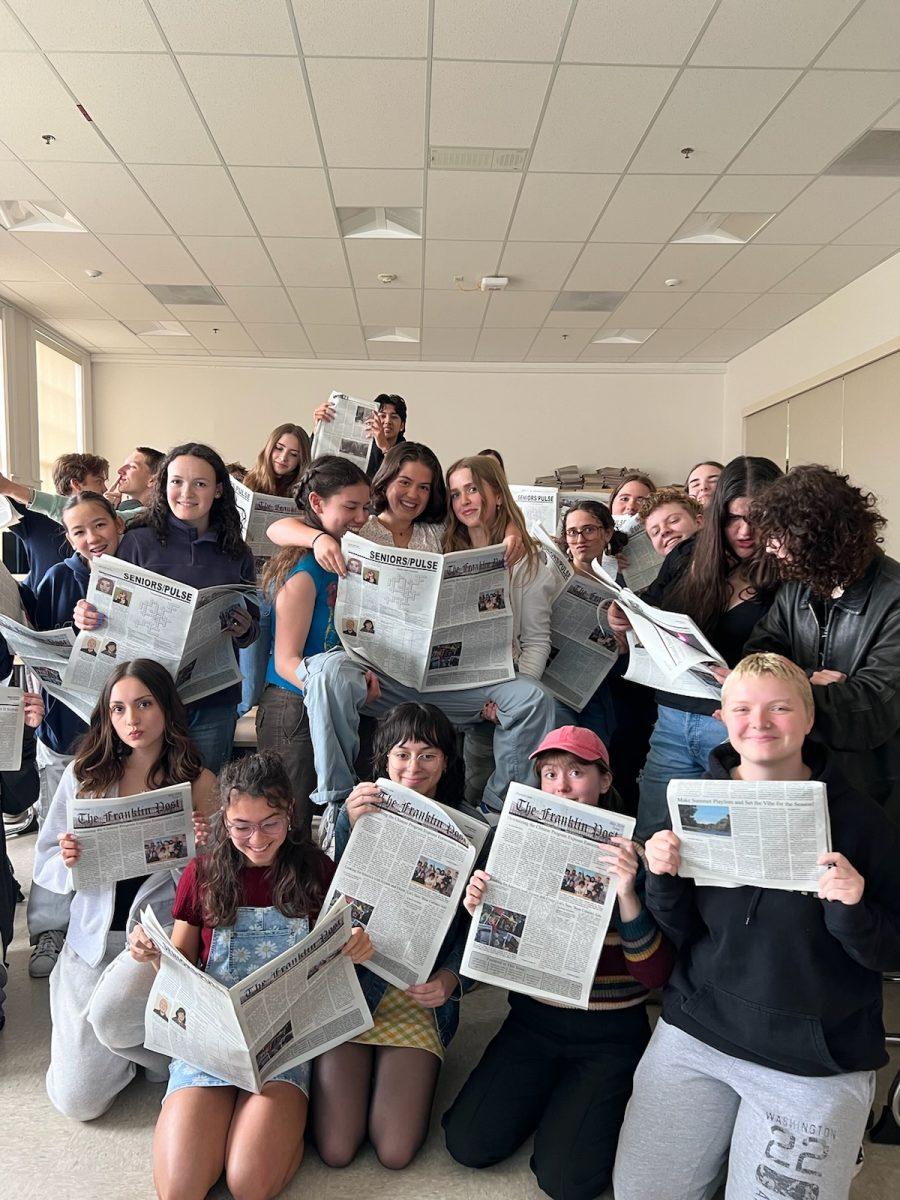Focus on your breath. Where do you feel it most? In your belly? In your nose? You dive into a different world, where it’s calm. You slowly inhale then exhale. You focus on your heart beat; you can hear it and feel it all throughout your body. This feeling can be achieved through meditation.
We practice mindfulness so we can learn how to recognize when our minds are working through their normal everyday struggles, and maybe take a pause for a short time so we can choose our focuses to be more calm. Meditation helps us have a much healthier relationship with ourselves, and with others. “I use meditation every day. I find it helpful whenever I’m stressed or anxious,” said Andrew Archer. “I also use it to focus and it’s been a great tool to learn about myself,” Archer is a mindfulness teacher at Franklin and at Roosevelt High School, Archer also is part of an organization called Peace In School. “I learned about meditation when I volunteered with an organization called Inward Bound Mindfulness Education, which does mindfulness retreats for teenagers. I went on a few retreats and it was a really good experience for me,” Archer explains.
Meditation can be something really helpful; even making it a natural habit can be extremely good for you, but it can also be extremely hard. About 95 percent of our mind goes through the motions like autopilot. That’s because neural networks underlie all of our habits, reducing our millions of sensory inputs per second into manageable shortcuts so we can function. These brain signals are so efficient that they often cause us to relapse into old behaviors before we remember what we meant to do instead. “Meditation can be very hard. It’s an unusual practice to try [to] sit still and be quiet,” Archer points out. “Often when we’re sitting still and being quiet, our thoughts tend to get loud and it takes a lot of practice to recognize [that] our thoughts are simply just thoughts and that we [are] actually separate from them.”
Mindfulness is the exact opposite of these default signals. It helps you control your autopilot and center yourself. It helps you make more centered decisions. However meditation really does take practice. “I try to meditate daily, usually it’s for five to ten mins. I would prefer to meditate once or twice a week for approx 30-60 mins. But that is my goal which is hard to get to,” Lisa Gregory explains. Gregory is a nurse at St. Vincent’s hospital she often tries meditation so she can focus better and adjust life stressors.
Ways to make meditation a natural habit could be as simple as setting/creating reminders. If you intend to do yoga or meditate, leave your yoga mat or meditation cushion in the middle of the floor so you’ll remember whenever you walk by. However, for some people this might work for about a week, then afterwards our autopilot brain takes over, which allows old habits to come back. A great tool, if this happens to you, is creating a new pattern. It doesn’t just have to be you sitting still on a cushion for five minutes. You can also include objects like incense, crystals and even music. “I personally don’t use extra tools but I think if anyone finds those supportive then that’s a great idea,” Archer says. It always just depends on what you find more helpful and what feels right to you. “I use all of those adjuncts to help me with my mediation practice. It changes daily depending on what feels the most beneficial to get into a meditative state. Definitely music or verbal recorded cues, incense, crystals, intentions, etc. Also a comfortable place or setting.” explained Gregory. “All of these work on your senses (auditory, smells, tactile) to comfort and calmness to your setting.” Some people experience a sense of calm or relaxation during meditation, but it can also help us learn to be okay with what is and understanding that no matter what happens you’ll be okay. It can help us learn how to love ourselves and even others. “Going to a class or using an app is a really good tool. It’s really helpful to do it in [a] community. If you’re trying it on your own, I recommend doing it in small chunks for maybe about a minute,” Archer explains. “Generally I tend to just focus on my breath and not think too much.”
Meditation and mindfulness is a tool that is extremely hard to master. However it’s also simple enough that when your attention leaves your breath and wanders to other places and you get around to noticing that your mind has wandered, whether it’s in a few seconds, a minute, five minutes, you can just return your attention to the breath. “My mind usually wanders to my daily tasks, stressors, or things I worry about initially. This is normal,” Gregory says. “But my goal is to reach a ‘nothing’ state of emptiness and see where my thoughts take me. It’s the journey of nothingness [that] is my goal.”
Once you have explored a basic seated meditation practice, you might want to consider other forms of meditation. The previous meditations used the breath as a focal point for practice, but these other meditation methods focus on different parts of the body. “Most of the time we sit down for mindfulness class but sometimes we walk around or [do] laying down meditation. We’ve even done eating meditation. But the commonality with two of those is that we’re bringing our attention to the present moment,” Archer explains. “I encourage people to use an anchor (which is a place to put their attention.) An anchor could be our breath or something we’re eating. At some point our mind will wander, our thoughts will distract us. We use that anchor to remind ourselves to come back to the present moment and focus on what we’re doing.”
Focus your attention on different parts of your body. You can spotlight one particular area or go through a sequence. For instance, toes, feet, through the legs, pelvis, abdomen, back, chest, shoulders, arms, down to the fingers, neck, different parts of the face, and head. For each part of the body, you can notice all the different sensations you feel while you’re meditating. A common factor is even nodding off and falling asleep during this process which is completely normal. “I find [that] taking the time is one of the hardest things and also being able to slow my random thoughts. Sometimes I like to do fifteen minutes of yoga to start the process of thinking of peacefulness, presence, and calm. Like setting an intention. Also sometimes I need some guided imagery to go into a meditative journey,” Gregory explains. There are so many great aspects of meditation and how it can benefit you. If you’re under a lot of stress or pressure or if you’re trying to improve your focus and trying to connect with yourself, then meditation can be a great tool for you, including learning about yourself and so much more.
